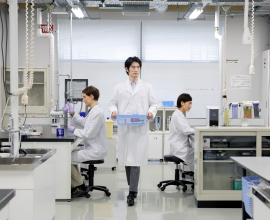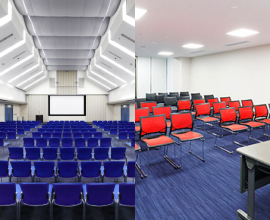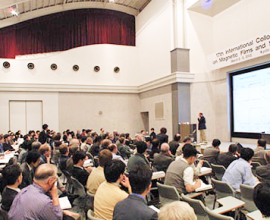2020/11/06(金)
Kohei Hayashi, CEO, Quadlytics Inc.
World-first epileptic seizure prediction system
Kohei Hayashi, CEO, Quadlytics Inc.
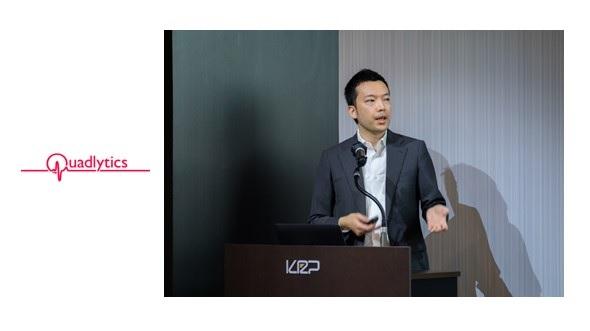
[Summary]
- Social Impact
The primary user is the person with epilepsy. However, because it is intended to be used on the basis of a physician's order (in-hospital) or prescription (out-of-hospital or outpatient), the epilepsy patient's primary care doctor or family doctor has a central role to play in its use.
Because seizures occur without warning or regularity, they cost patients and caregivers (family members and medical staff) a great deal of time and effort in responding to them. Therefore, predicting seizures can not only directly prevent injuries to patients, but can also indirectly benefit caregivers.
- Technical Overview
Although devices with seizure detection capabilities already exist in the United States, they are all "post-detection" and no medical device that can "predict" seizures has yet been developed (see figure on the right). Therefore, it is not only impossible to avoid the risk of direct injury or death to patients, such as falls, traffic accidents, drowning during bathing, and fires and burns during cooking, but also patients are deprived of the opportunity to participate in society due to fear of sudden seizures and prejudice and discrimination from others.
To address these problems, we are developing software medical devices for the advance prediction of epileptic seizures. Specifically, the electrocardiographic data obtained from the wearable electrocardiograph is constantly analyzed in real time using a smartphone-loaded app and utilizes a normal/abnormal discrimination mechanism built using a unique machine learning method. The app on the smartphone decomposes the Heart Rate Variability (HRV), which is obtained by using electrocardiographic data (in this case RR Interval), into various indices with different dimensions, and uses an algorithm to determine whether a seizure is occurring or not, using an algorithm to determine whether it is abnormal. The innovation of this algorithm lies in the high accuracy of its prediction and its light weight, which allows it to operate at all times even with the computing power of a smartphone, and because it does not require a cloud connection, it has the potential to provide prediction "anywhere".
Fig.1: Epilepsy-related Technology Landscape
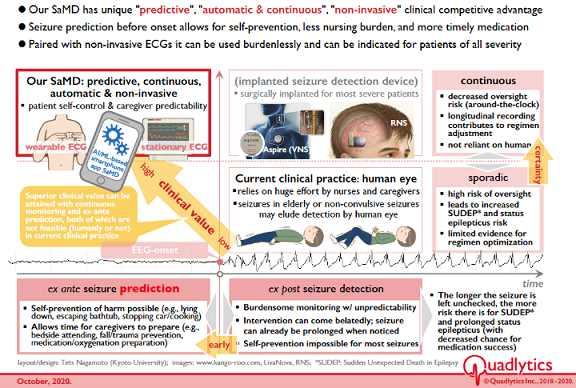
- Marketability
Epidemiologically, epilepsy is known to exist in about 1 in 100 people of all races and ethnicities. Therefore, there are approximately 50 million potential users worldwide [WHO, 2019; Lancet Neurol 2019;18:357-375]. In both Japan and the U.S., where we are initially targeting, we assume that a very large number of patients are seeking our services, with up to 1 million in Japan [MHLW estimate] and 3.4 million in the U.S. [CDC].
- Our Team
・The 4th Biotech Grand Prix Suntory Award
・AMED Medical Research and Development Programs Focused on Technology Transfers (Development of Advanced Measurement and Analysis Systems (AMED-SENTAN),H29-H30: Element Technology Development Type, R1: Advanced Technology Development Type), Selected for the "Development of epileptic seizure prediction system for on-demand seizure intervention in intractable epilepsy patients" (represented and contributed by our board)
[Profile]
After working as a social infrastructure consultant at Nomura Research Institute, Kohei Hayashi joined Quadlytics. With wide range of experience, from basic physiological research to B2B commercialization, driving the commercialization of services.





